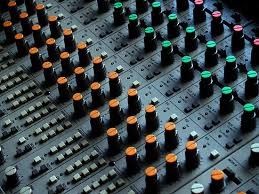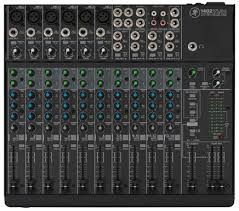I want to give you an idea of perspective on some of the articles I have posted and will continue to post going forward. This is the first video I have posted and while it is rather BORING, it is so informative at the same time. I guess I have recorded original tunes since the very late 1960’s. I recorded everything. I deleted a lot! But I recorded everything I could. I experimented and adjusted and re-did and failed a few more times than I succeeded in the early days to be sure! I also got into photography and then into video recording. I practiced the mundane over and over until I got the exposure right, then with video until I could zoom and focus manually. I joined the photography club in high school and learned to develop and enlarge my own pictures – something I thought was close to magic back in the day!
I shared earlier that I used (and still own!!!) what I think was the first personal computer to come out with built in MIDI ports – The Atari ST! I used a software program back then to record the MIDI tracks and I could generate SMPTE time code and send a signal from the Atari to sync it up with recording machines (I had the Yamaha 4 track CASSETTE recorder during most of this). When I talk about old technologies and how we used to record songs (or develop pictures…) It is hard for some to understand the challenges we had and the lo-fi quality of the final mix or product.
I want to use this video as an example of many things I refer to in this blog. In this video, you will see what I saw when looking at the Atari computer monitor when I was playing or recording tracks. Keep in mind this is all MIDI equipment available years ago. The song I posted earlier will now be stripped of all guitars, vocals, effects and additional live sounds you heard on the full mix. As you watch the video you will hear the sequences being played back live into the VCR input. I took the monitor video out and connected to video in of the video recorder so this is a straight feed for both. In the recording software, each “instrument” has a separate track. Drums are all on one track with additional percussion sounds on different tracks, and as a reminder, each note (as triggered from my DX7 keyboard) represented a different drum/percussion sound coming from a drum machine. You can hear the metronome from the Atari ticking away in the back ground as it is set to record. As each track plays you can see the musical notes light up depending on the intensity of the track information. You can also see the tempo of the song, the names of the tracks and the measures and beats as they click by.
The main piano sound is probably familiar to many of you even if you are quite young. It is the classic Piano Tine sound from the Yamaha DX7 synthesizers. This video should also give you a sense of quality and resolution available at the time. It might be difficult to hear the difference in song recording quality today, but we are all familiar with video resolution and HD cameras and large screen TV and computer standards available now. Just think how this applied to the audio quality back then and then play some really old songs you grew up listening to. It gives a better appreciation and perspective for some of the classic songs that seem to live forever.




